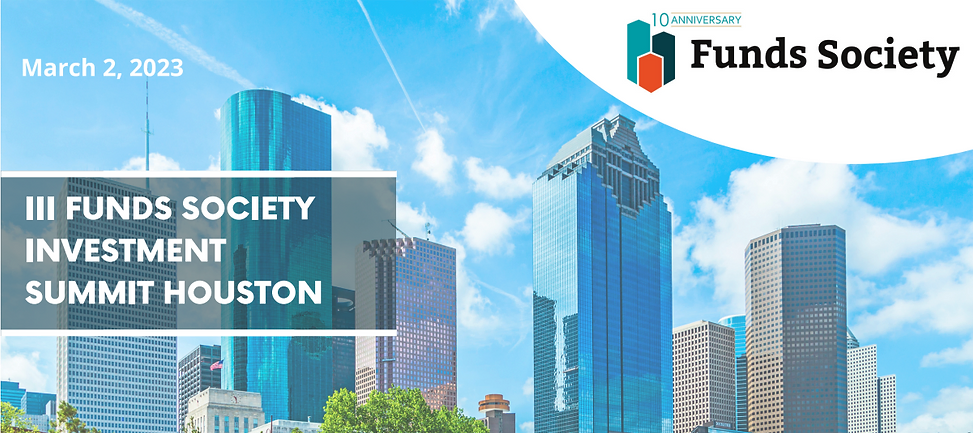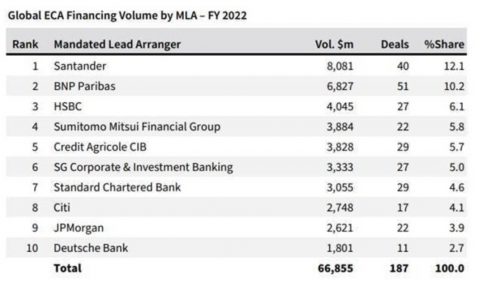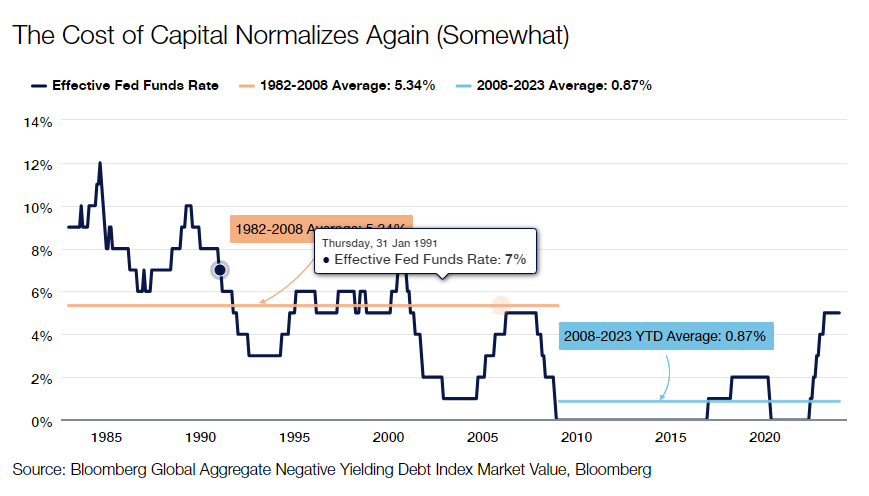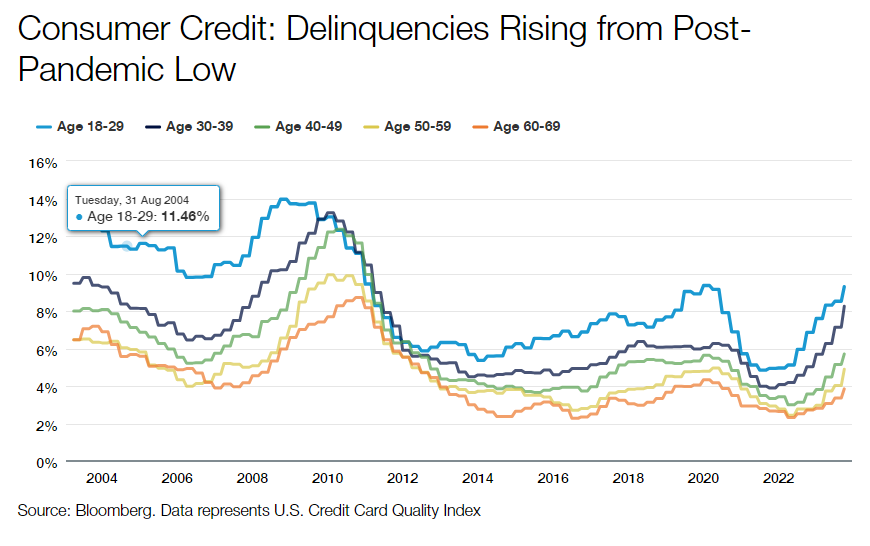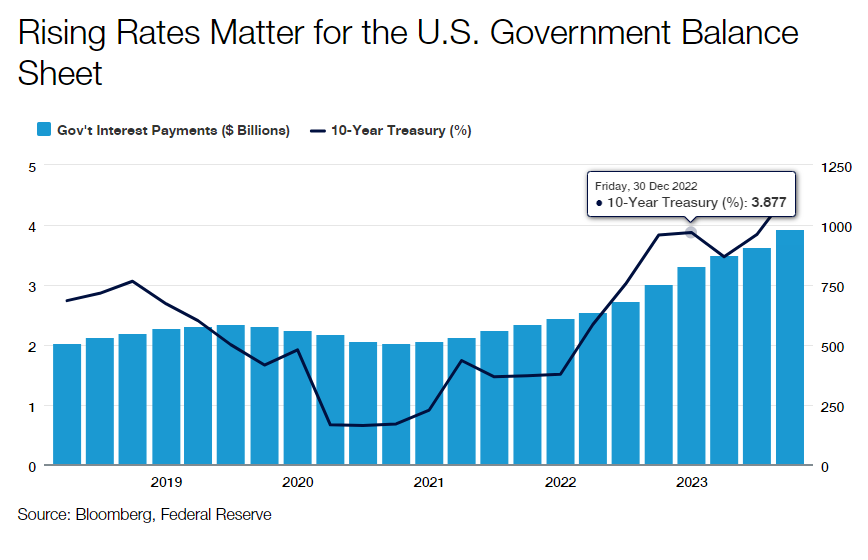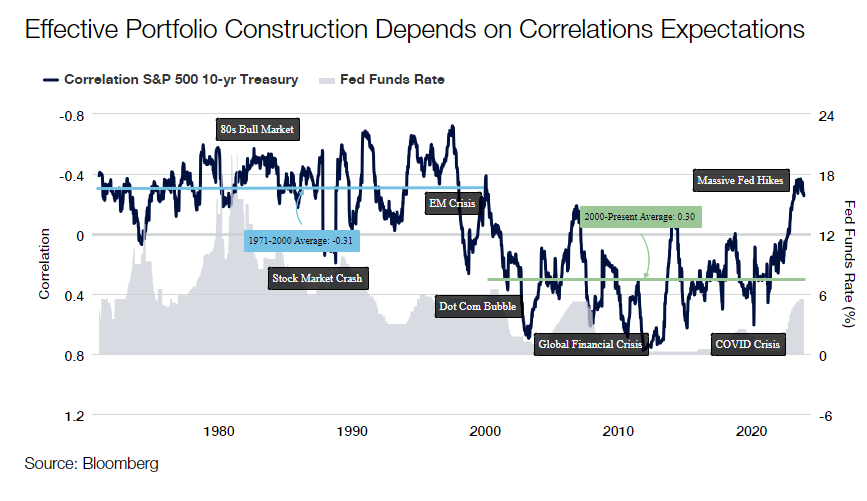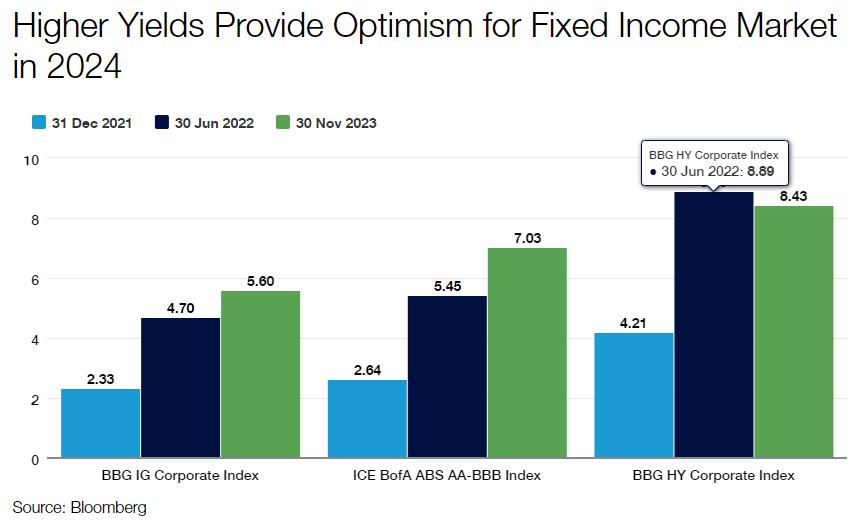Marty Flanagan, President and CEO of Invesco, Retires and Will be Replaced by Andrew Schlossberg
| By Beatriz Zúñiga | 0 Comentarios
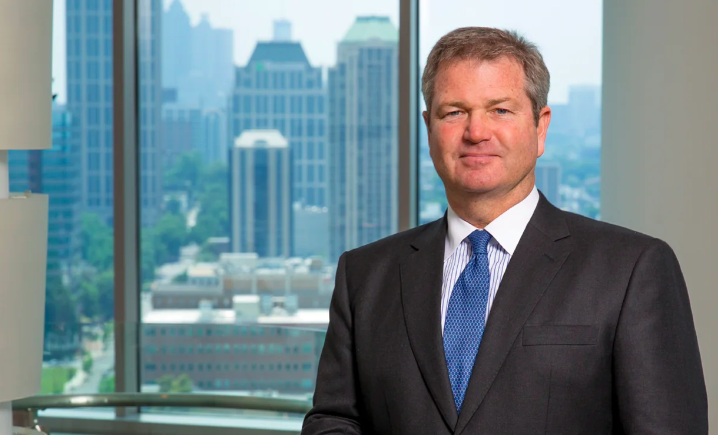
Invesco announced that Marty Flanagan, under whose strong leadership Invesco has grown to become one of the world’s leading global investment management firms, has decided to retire as President and CEO on June 30, 2023.
“During his time at Invesco, Marty’s relentless focus on understanding and meeting client needs while building a world-class investment organization has helped Invesco strengthen its global leadership position and grow its AUM from $400 billion to $1.4 trillion1,” said G. Richard Wagoner, Jr., Chair of the Invesco Ltd. Board.
Mr. Flanagan will also step down from the Invesco Ltd. Board on June 30, 2023. He will continue as Chairman Emeritus through Dec. 31, 2024, providing advice and guidance to the company.
“Under Marty’s strong leadership, Invesco has built a fully integrated firm with a comprehensive set of capabilities that enables us to meet a wide range of client needs and a well-scaled global platform that allows us to deliver a high level of service and value to clients across the globe. Throughout his time at Invesco, Marty has built an inclusive and forward-looking culture that values employees and stakeholders of the company, and has played a prominent role in business groups nationally and in Atlanta. The Board and I are extremely appreciative of Marty’s many significant achievements during his 18 years at Invesco, which will have an enduring impact on the firm’s long-term success,” added Wagoner
The Invesco Ltd. Board of Directors announces the appointment of Andrew Schlossberg, Senior Managing Director and Head of the Americas, to succeed Mr. Flanagan as President and CEO of Invesco Ltd. Mr. Schlossberg will become President and CEO of Invesco and a member of the Invesco Ltd. Board of Directors on June 30, 2023.
“Andrew has a long and established track record of delivering a superior investment experience to clients, helping employees grow in their careers, and leading innovation and profitable expansion across our global business,” said Mr. Wagoner. “His leadership in the asset management industry and wide-ranging experience at Invesco position him well to bring next-generation leadership to the company and deliver for all our stakeholders.”
“I’ve worked side-by-side with Andrew throughout my career at Invesco and have found him an exceptional leader who is highly focused on delivering the best possible experience for our clients,” said Mr. Flanagan. “I have every confidence that Andrew and the Executive Leadership Team will build on our strong momentum to take the business forward.”
“Invesco has an exceptional foundation to provide investment excellence for our clients, innovate in our delivery and enhance the growth of our business,” added Mr. Schlossberg. “We have a comprehensive range of in-demand investment capabilities, a strong global footprint and outstanding talent throughout the firm. I look forward to working with the Invesco Ltd. Board, our team worldwide and Marty to ensure continued strong outcomes for our clients, employees and shareholders.”
Mr. Schlossberg has been in the asset management industry since 1996 and with Invesco Ltd. since 2001. He has served in multiple leadership roles across the company’s businesses and locations. Prior to his current position, he was based in Invesco’s UK office as Senior Managing Director, Head of EMEA (Europe, the Middle East and Africa) and Chair of the Board of Invesco UK Limited. Before the UK, he served as Head of US Retail Distribution and Global ETFs and, prior to that, was US Chief Marketing Officer and Head of Global Corporate Development. He has also held leadership roles in strategy and product development in the company’s North American Institutional and Retirement divisions.
Mr. Schlossberg is active within the financial services industry, serving on the Investment Company Institute (ICI) Board of Governors and Executive Committee. Previously, he served on the board and advisory boards of the UK Investment Association, ICI Global, TheCityUK and the Diversity Project.
Doug Sharp, Senior Managing Director and Head of EMEA, will assume an expanded leadership role as Head of the Americas and EMEA, and global responsibility for ETFs, SMAs and digital capabilities.
“Doug will work with Andrew Lo, Senior Managing Director and Head of Asia Pacific, to oversee a more globalized client-facing organization with a focus on better understanding and meeting client needs, employing both a regional and cross-regional approach,” Mr. Flanagan said.
Mr. Sharp has served as Senior Managing Director and Head of EMEA since 2019. He joined Invesco in 2008 from McKinsey & Co. and has served in multiple leadership roles across the firm, including his previous role as Head of EMEA Retail. Prior to that, he ran Invesco’s cross-border retail business and served as Head of Strategy and Business Planning and as Chief Administrative Officer for Invesco’s US institutional business.
The firm also announced that Stephanie Butcher, Chief Investment Officer, EMEA, and Tony Wong, Global Head of Fixed Income Investments, have been named Senior Managing Directors and Co-Heads of Investments. Together, Ms. Butcher and Mr. Wong will oversee the firm’s distinctive investment capabilities, building on the strength of our investment culture, processes and enterprise support model.
Ms. Butcher has served as Chief Investment Officer of Invesco’s EMEA business since January 2020, overseeing the highly regarded Henley Investment Center, encompassing equities, fixed income and multi-asset capabilities. She joined Invesco in 2003 from Aberdeen Asset Management as a fund manager on the company’s European equities team.
Mr. Wong has served as Global Head of Fixed Income Investments since March 2019, responsible for the investment process and performance, strategic direction and enterprise oversight of Invesco Fixed Income’s global organization. Mr. Wong joined Invesco in 1996 and has served in various investment roles within the fixed income organization.

